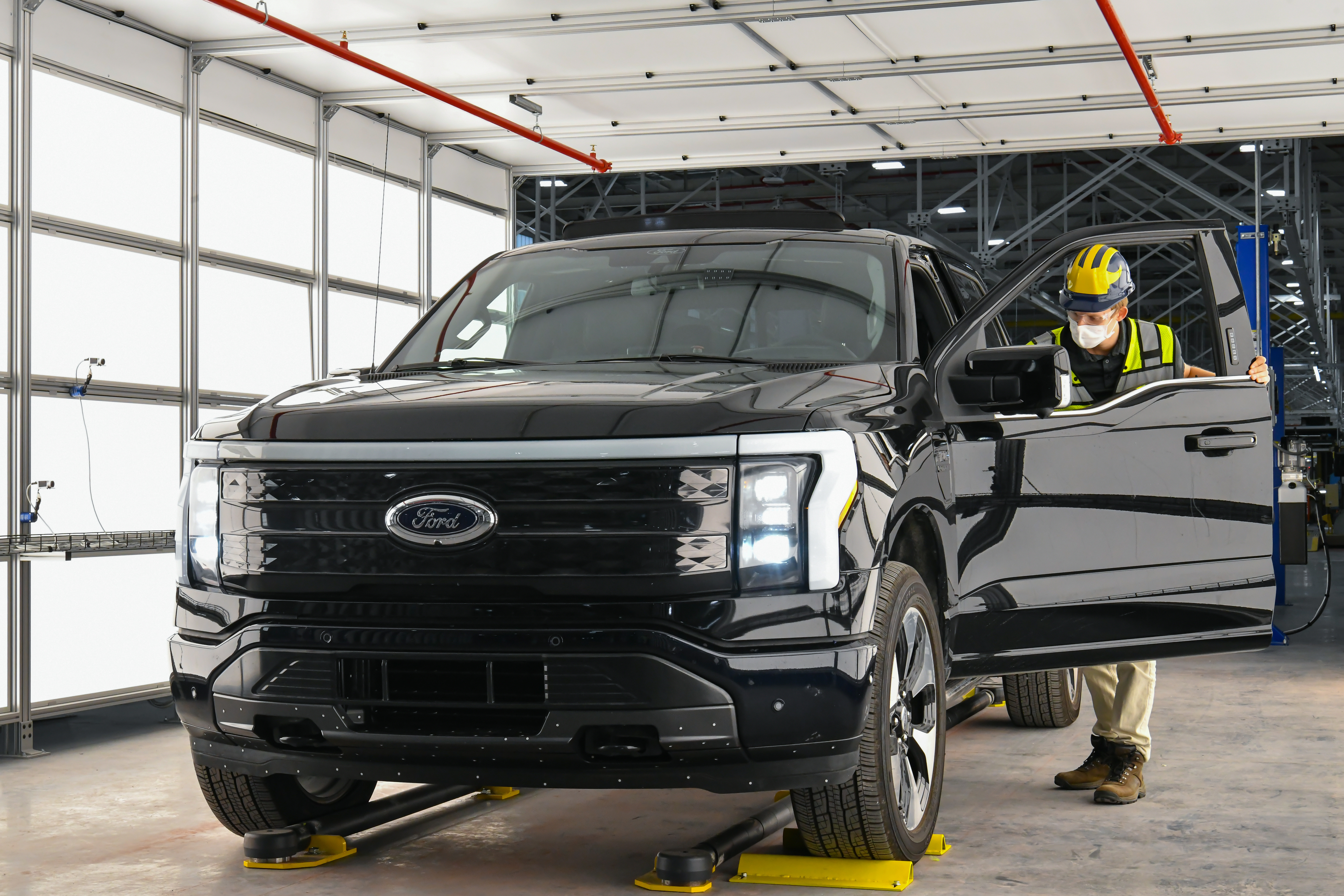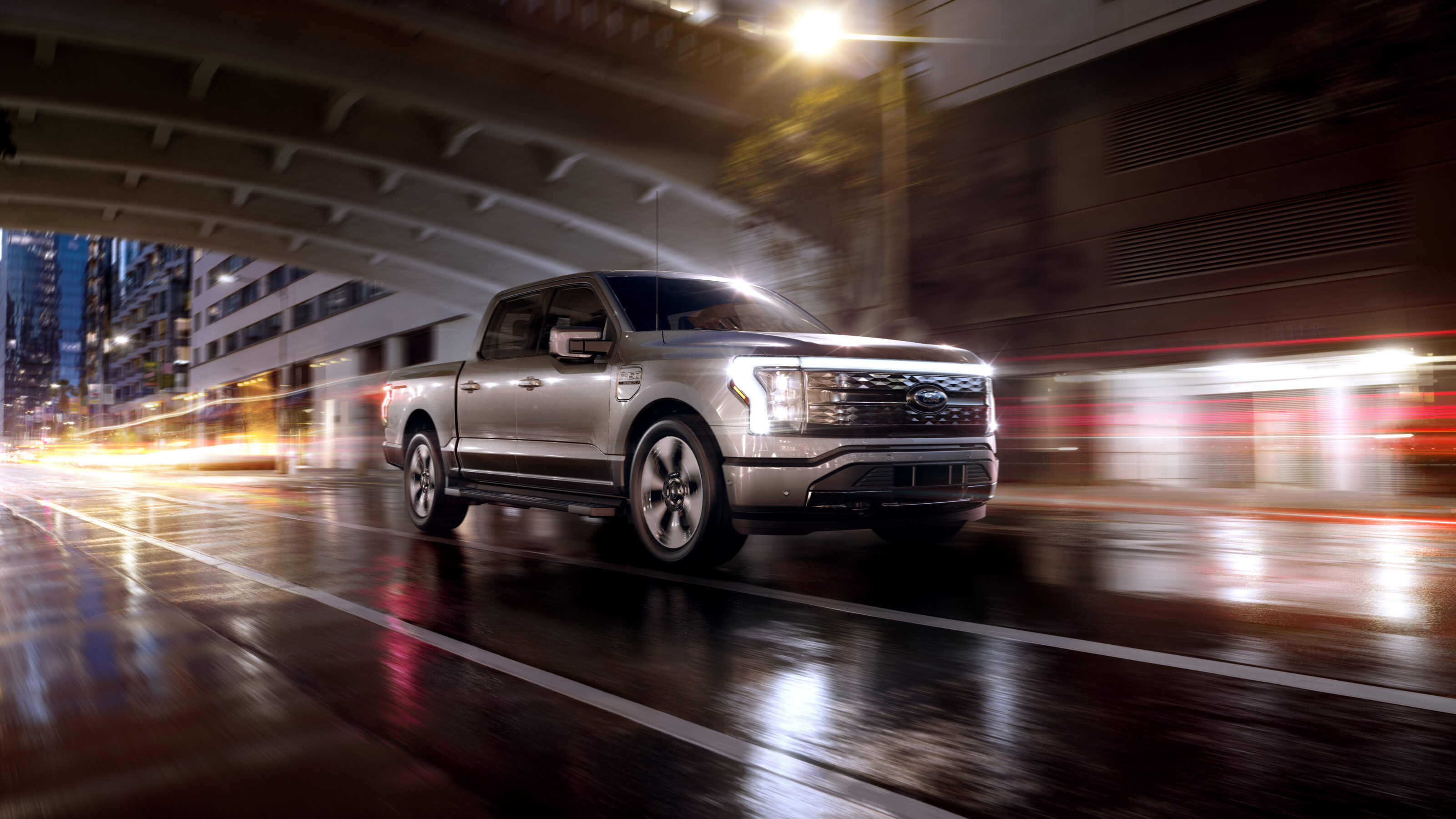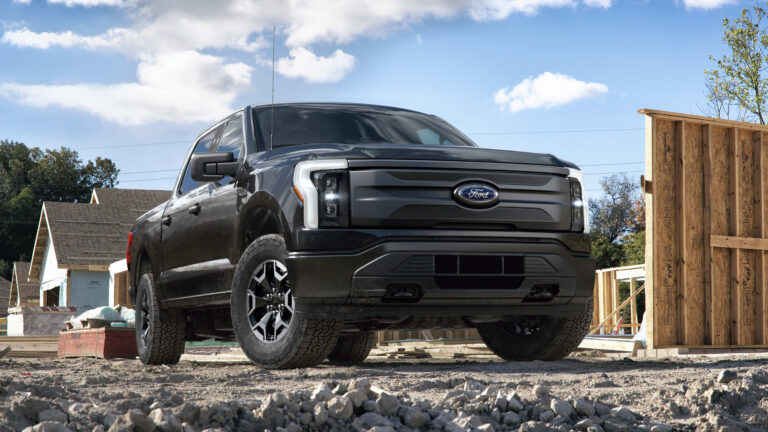Full pricing for the 2022 Ford F-150 Lightning has been leaked online, with buyers in the US able to get their hands on the electric pick-up from US$39,974 (AU$55,600), with the flagship Platinum variant costing US$90,874 (AU$126,400).
Ford has just undercut the Tesla Model 3 by US$16 with the F-150 Lightning Pro – a model designed for tradies and commercial fleet customers – with the family-friendly XLT variant starting from US$52,974 (AU$73,700).
Sitting between the XLT and the Platinum is the mid-range Lariat, priced from US$67,474 (AU$93,800), according to information posted on the F150gen14 forum.

F-150 models fitted with the 98kWh standard-range battery get up to 386 kilometres of driving range with 318kW and 1051Nm on tap, while the long-range option ups the battery to 131kWh and 483km of range, with power increased to 420kW.
Leaked internal documents show Ford is forecasting the long-range F-150 Lightning Lariat will be the most popular model for retail customers.
Ford Australia is understood to be evaluating the F-150 for our market, but it’s unlikely the pure-electric Lightning will even be considered for the foreseeable future.







